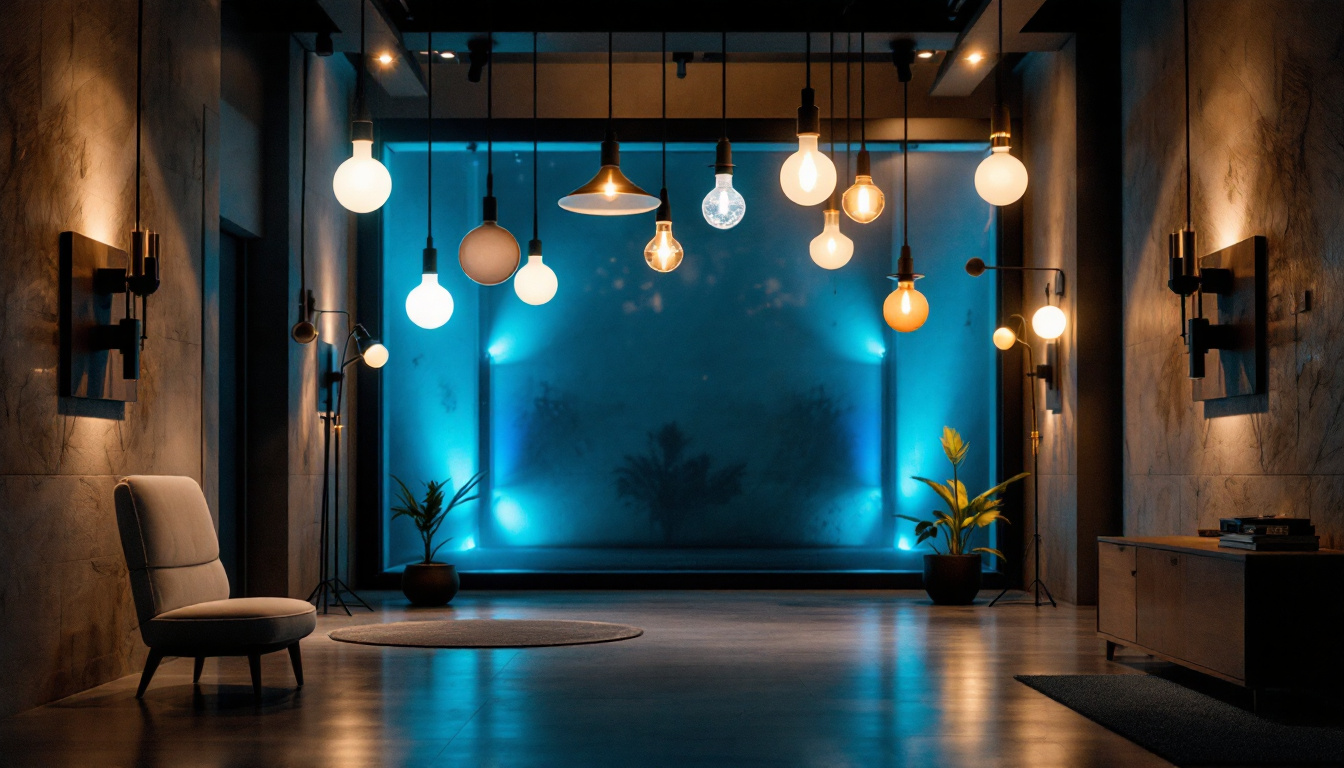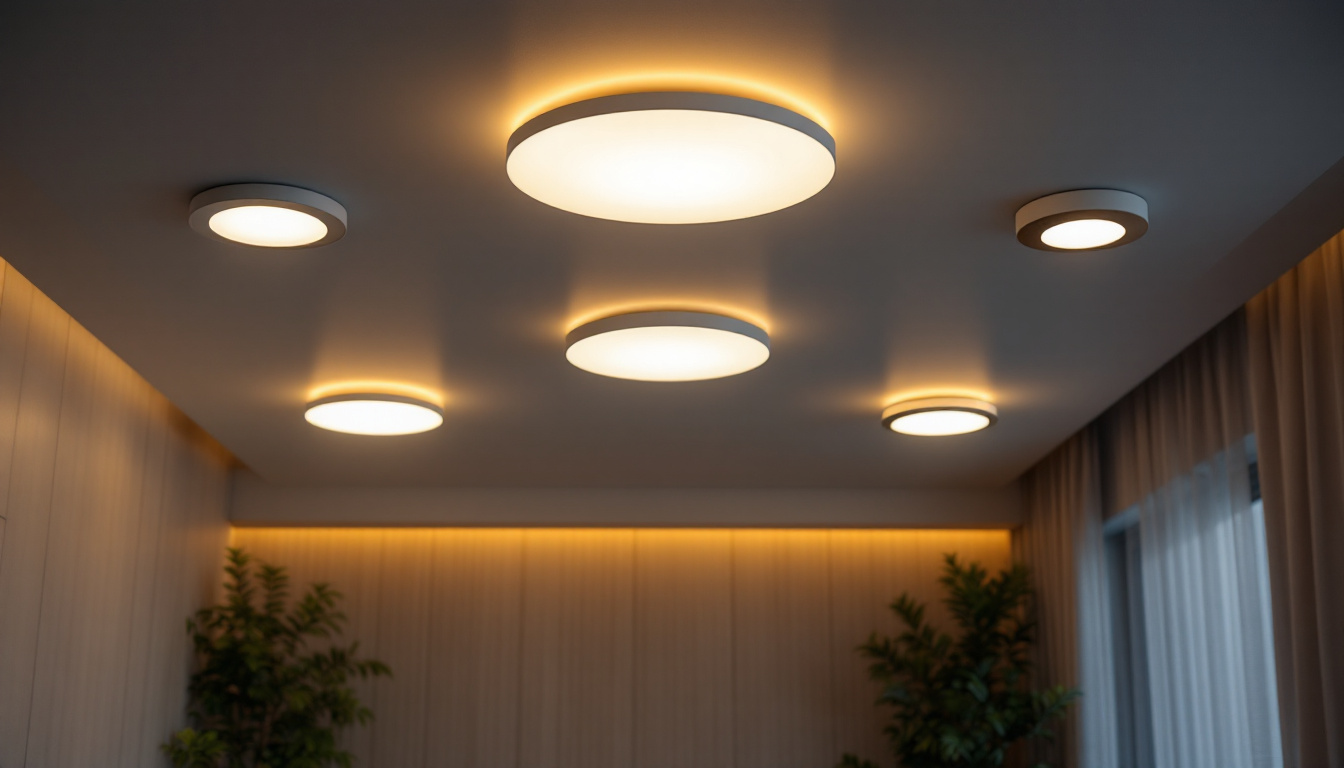
Lighting has transformed the way we live, work, and interact with our environments. From the flickering flames of ancient torches to the advanced LED systems of today, the evolution of lighting technology reflects humanity’s quest for innovation and efficiency. For lighting contractors, understanding this evolution is crucial, not only for historical context but also for future-proofing lighting projects. This article delves into the history of lighting and offers insights on how to ensure that lighting projects remain relevant and efficient for years to come.
The journey of lighting technology spans thousands of years, beginning with primitive methods that utilized natural elements. Early humans relied on fire, using it for warmth, cooking, and illumination. As civilizations advanced, so did their lighting solutions. The transition from open flames to more controlled forms of lighting marked a significant turning point in this evolution.
Initially, natural light dictated human activity. Daylight hours were the primary time for work and social interactions, while darkness brought about a cessation of activities. However, as societies developed, the need for artificial illumination became apparent. This necessity led to the creation of oil lamps, candles, and gas lighting, which allowed for extended hours of productivity and leisure.
These early forms of lighting were often limited by their availability and efficiency. The quest for brighter, safer, and more reliable lighting sources drove innovation, paving the way for the electric light bulb. This invention revolutionized the way people illuminated their homes and public spaces, offering a cleaner and more consistent light source.
The introduction of electric lighting marked a new era in illumination. It not only provided brighter light but also allowed for greater control over lighting environments. Electric lighting made it possible to design spaces that were not only functional but also aesthetically pleasing. The ability to manipulate light led to innovations in architecture and interior design, enhancing the overall experience of a space.
As electric lighting technology advanced, so did the options available to consumers. From incandescent bulbs to fluorescent lights, and now to LEDs, each advancement has brought about improvements in energy efficiency, longevity, and versatility. For lighting contractors, staying abreast of these developments is essential for delivering optimal solutions to clients.
Moreover, the rise of smart lighting systems has further transformed how we interact with light. These systems allow users to control their lighting through apps and voice commands, integrating seamlessly with home automation technologies. This shift not only enhances convenience but also promotes energy conservation, as users can easily adjust their lighting based on their needs and preferences. The ability to create mood lighting or schedule lights to turn on and off at specific times reflects a growing trend towards personalization in our living spaces.
In addition to residential applications, advancements in lighting technology have also made a significant impact in commercial settings. Businesses are increasingly recognizing the importance of lighting in influencing customer behavior and productivity. Effective lighting design can enhance the ambiance of retail spaces, improve focus in office environments, and even affect the overall mood of patrons in restaurants. As such, the role of lighting designers and contractors is becoming more critical in creating spaces that are not only functional but also inviting and engaging.
Today, the lighting industry is at a crossroads, with rapid advancements in technology and a growing emphasis on sustainability. The shift towards energy-efficient solutions is not just a trend but a necessity driven by environmental concerns and regulatory standards. Understanding the current landscape is vital for lighting contractors aiming to future-proof their projects.
LED technology has become the gold standard in lighting, offering unparalleled energy efficiency and lifespan compared to traditional lighting options. The adaptability of LEDs allows for a wide range of applications, from residential to commercial and industrial settings. Their ability to produce various color temperatures and intensities makes them suitable for a diverse array of environments.
Moreover, the integration of smart technology with LED lighting has opened new avenues for contractors. Smart lighting systems allow users to control their lighting remotely, set schedules, and even adjust the ambiance based on their preferences. This level of customization not only enhances user experience but also contributes to energy savings. Additionally, the use of sensors in smart lighting can further optimize energy use by automatically adjusting brightness based on occupancy or natural light levels, ensuring that energy is not wasted in unoccupied spaces.
As environmental concerns continue to rise, sustainability has become a key focus in the lighting industry. Contractors are increasingly tasked with implementing solutions that minimize energy consumption and reduce carbon footprints. This shift is not only beneficial for the planet but also aligns with consumer preferences for eco-friendly products.
Incorporating sustainable practices into lighting projects can involve using energy-efficient fixtures, utilizing renewable energy sources, and designing systems that maximize natural light. By prioritizing sustainability, contractors can position themselves as leaders in the industry and attract clients who value environmentally responsible solutions. Furthermore, the trend towards circular economy principles is gaining traction, encouraging the use of recyclable materials in lighting design and promoting the refurbishment of existing fixtures. This not only reduces waste but also fosters innovation in product design, leading to more sustainable and aesthetically pleasing lighting solutions that can adapt to changing consumer needs.
Future-proofing lighting projects involves anticipating changes in technology, regulations, and consumer preferences. By adopting a forward-thinking approach, lighting contractors can ensure that their projects remain relevant and effective for years to come.
One of the most effective ways to future-proof lighting projects is to stay informed about the latest technological advancements. The lighting industry is continuously evolving, with new products and innovations emerging regularly. Contractors should invest time in researching new technologies, attending industry conferences, and participating in training sessions to stay ahead of the curve.
By understanding the capabilities and limitations of new technologies, contractors can make informed decisions about which products to incorporate into their projects. This knowledge not only enhances project outcomes but also establishes credibility with clients who seek expert guidance. Furthermore, embracing innovations such as IoT-enabled lighting systems can open doors to new functionalities, such as remote monitoring and automated adjustments based on real-time data, which can significantly enhance user experience and operational efficiency.
Flexibility in design is crucial for future-proofing lighting projects. As user needs and preferences change, the ability to adapt lighting systems becomes essential. Designing with modular components allows for easy upgrades and modifications without the need for a complete overhaul.
For example, incorporating adjustable fixtures or smart lighting controls can provide users with the flexibility to modify their lighting environments as needed. This adaptability ensures that lighting systems can evolve alongside technological advancements and shifting consumer demands. Additionally, considering the integration of wireless technologies can further enhance flexibility, allowing for seamless adjustments and reconfigurations without the constraints of hardwired systems. This approach not only caters to current needs but also anticipates future trends in workspace design and personal preferences.
As energy efficiency and sustainability continue to be paramount concerns, prioritizing these elements in lighting projects is essential. Contractors should consider not only the initial costs of lighting systems but also their long-term operational costs and environmental impact.
Utilizing energy-efficient fixtures, implementing smart controls, and designing for natural light integration can significantly reduce energy consumption. Additionally, educating clients on the benefits of sustainable lighting solutions can foster a collaborative approach to environmentally responsible design. Beyond just energy savings, contractors can also explore the use of recycled materials in fixtures and packaging, and consider the lifecycle impact of their products. This holistic view not only enhances the sustainability of the project but also aligns with the growing consumer demand for environmentally conscious practices, further solidifying the contractor’s reputation as a leader in responsible design.
The history of lighting is a testament to human ingenuity and the relentless pursuit of improvement. As the industry continues to evolve, lighting contractors play a pivotal role in shaping the future of illumination. By understanding the historical context of lighting technology, staying informed about current trends, and adopting a forward-thinking approach, contractors can ensure that their projects are not only successful today but also resilient for the future.
Future-proofing lighting projects is not merely a matter of keeping up with trends; it involves a holistic approach that considers technology, design flexibility, and sustainability. By embracing these principles, lighting contractors can deliver solutions that meet the needs of their clients while contributing to a more sustainable and efficient future.
Ultimately, the journey of lighting is far from over. As new technologies emerge and societal needs evolve, the potential for innovation in the lighting industry remains limitless. Contractors who are proactive in adapting to these changes will not only thrive in their businesses but also play a crucial role in illuminating the path forward.
As you embrace the future of lighting, choose LumenWholesale for your spec-grade lighting needs. Our commitment to quality, affordability, and convenience ensures that your lighting projects are not only cutting-edge but also sustainable and cost-effective. With our extensive selection of top-quality products at unbeatable wholesale prices, you can confidently future-proof your projects without the worry of inflated markups. Plus, with free shipping on bulk orders, you can trust that you’re getting the best value for your investment. Don’t compromise on excellence; discover wholesale lighting at the best value today and light the way to a brighter, more efficient future.

Discover how dusk to dawn flood light fixtures can be a game-changer for lighting contractors.

Discover effective strategies for lighting contractors to tackle the challenges associated with F24T5Ho ballasts.

Discover essential insights and expert tips for lighting contractors on installing in-ceiling lights.

Discover expert insights into selecting the perfect bulbs for recessed lighting with answers to common questions from lighting contractors.